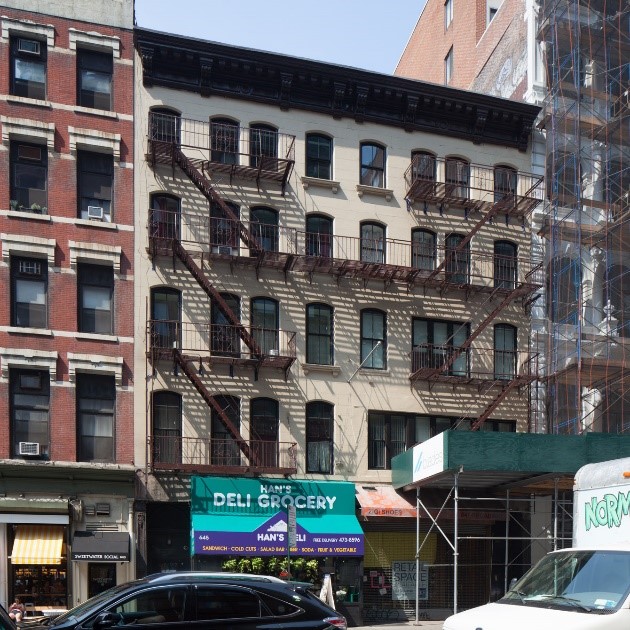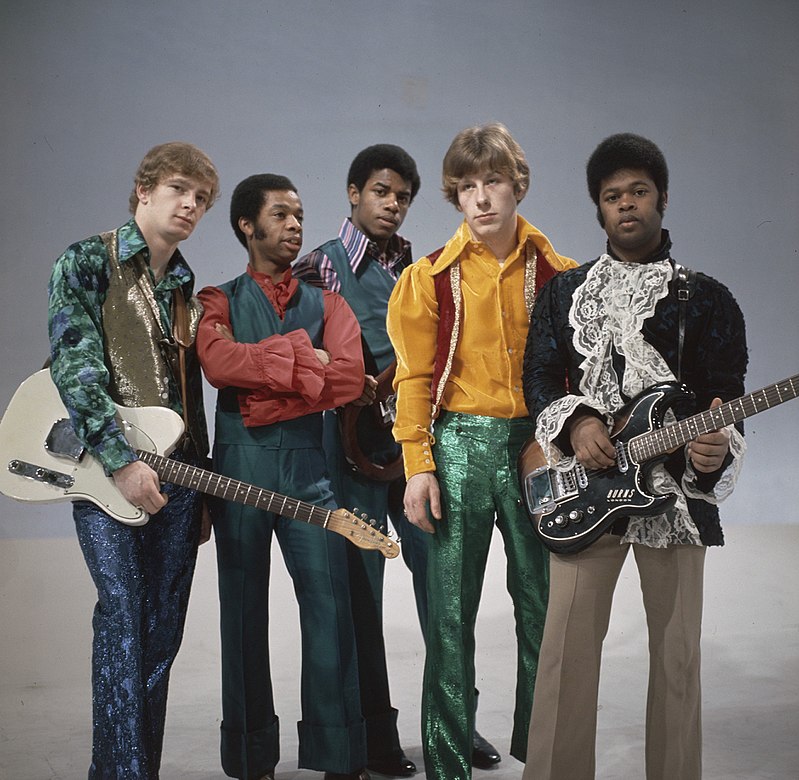
Discotheque Culture and the Role of the DJ 2
Growing out of Harlem's rent party ![]() SIDE NOTERent parties occurred as early as the 1930s. The term applies to an event where someone organizes a party in their apartment and charges a small amount of money to guests as a way to help pay rent. This is sometimes referred to as 'quarter party,' where guests paid a quarter to enter. Food was provided by the apartment renter as well as by friends. tradition, the Loft inspired a series of private parties, most of which opened in the recently evacuated industrial buildings of downtown New York, including the Tenth Floor, Gallery, Flamingo, SoHo Place, 12 West, Reade Street, and the Paradise Garage. In a parallel development, public discotheques such as Better Days, Hollywood, the Ice Palace, Le Jardin, Limelight, and the Sandpiper followed The Sanctuary's model. However, in contrast to the largely unregulated private party network, the public discotheques were bound by New York City's Cabaret Licensing legislation.
SIDE NOTERent parties occurred as early as the 1930s. The term applies to an event where someone organizes a party in their apartment and charges a small amount of money to guests as a way to help pay rent. This is sometimes referred to as 'quarter party,' where guests paid a quarter to enter. Food was provided by the apartment renter as well as by friends. tradition, the Loft inspired a series of private parties, most of which opened in the recently evacuated industrial buildings of downtown New York, including the Tenth Floor, Gallery, Flamingo, SoHo Place, 12 West, Reade Street, and the Paradise Garage. In a parallel development, public discotheques such as Better Days, Hollywood, the Ice Palace, Le Jardin, Limelight, and the Sandpiper followed The Sanctuary's model. However, in contrast to the largely unregulated private party network, the public discotheques were bound by New York City's Cabaret Licensing legislation.
Between 1970 and 1973, private party and public discotheque DJs searched hard for their music, as record companies were unaware of the nascent dance market and appropriate tracks were in short supply. As a result, DJs drew on funk, soul, rock, and rare imports, reflecting the diversity of their dance crowds. To encourage dancers, DJs regularly played songs that featured the four-on-the-floor kick drum beat such as what is heard in the Temptations' " Law of the Land " and in Harold Melvin & the Blue Notes' "The Love I Lost" (both in 1973). The funk alternative, which became prominent in disco, ran through James Brown's " Give It Up or Turnit a Loose " (1970); Chakachas' " Jungle Fever " (1970) included Latin percussion and clipped sensual vocals; the parallel move of developing politicized lyrics was evident in the Equals' " Black Skinned Blue Eyed Boys " (1968); Olatunji's " Jin-Go-Lo-Ba (Drums of Passion)" (1960), as seen below, foregrounded African-derived rhythms and chants. (Note the spelling of the single "Jin-Go-Lo-Ba" as "Gin-Go-Lo-Ba".)
Another example is Isaac Hayes's "Theme from Shaft" (1971), which showcases the orchestra's dynamic and instrumental range. The surprising popularity of War's " City, Country, City" (1972) confirmed that people preferred long songs on the dance floor. Also, Dorothy Morrison's ecstatic gospel aesthetic is evident in her full-throated rendition of "Rain" (1970).







